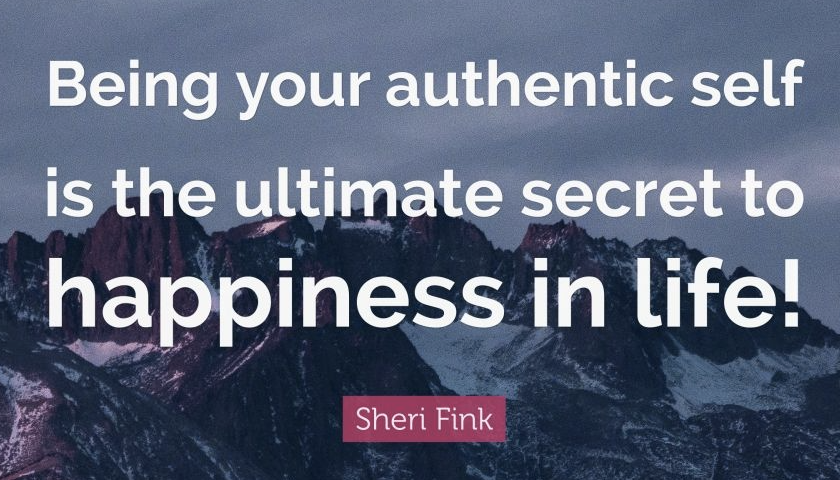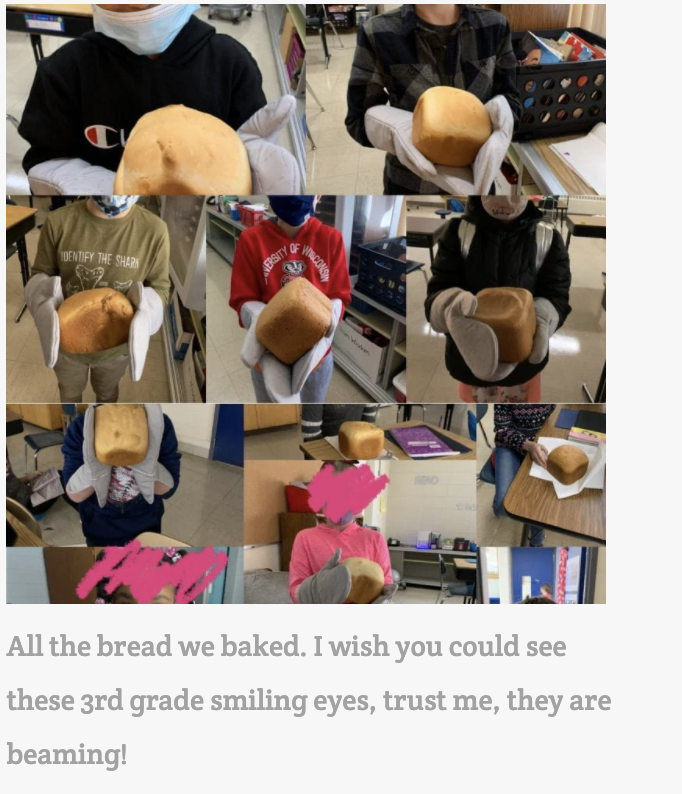
I wrote a post on November 15, 2021 about the job I get to do. I loved that post as it captured how I really do approach my job every single day. I try to focus on what I did get done and the amazing work happening in our classrooms despite everything the world has thrown at us, especially over the last couple of years. It is not that I ignore the negative parts of the day or the week, as there have been plenty of those as well, but it has been an intention for me to focus on what I can accomplish and on small wins rather than on always trying to get to the end goal quickly.
By November, when I wrote that post, some of our schools had found a decent groove by buckling down on their relationships with students and reconnecting as people. We added some support and services for students who were really struggling and tried our best to support each other. Then we had a series of variants and a couple of periods of incredible unpredictability for everyone. Staff were in and out, there were no substitutes, and everyone was on edge. Our district team spent a lot of time subbing for principals and classrooms, trying to do everything we could to help. We had weathered that storm, and by late January, many of our schools had again found a groove. Don’t get me wrong, it was still an exhausting, stretched-to-the-limit feeling, but many teachers and schools were finding a way despite it all. And it was not for lack of trying that some schools had not been able to get back into a routine.
In all of that, I still didn’t stop focusing on what did get done in a day. The days just looked very different. We still had incredible work happening in our schools. I just stopped getting to see it as often. I also stopped sharing about it, which I regret. I did a lot of writing last year. I have tons of half-done posts and notes, but I stopped putting it all together and putting it out there. I read a post by Megan Lawson called Hitting Our Limits last spring, which helped me understand why. I was getting lost in the negativity, which is not like me. As an empath, I was so worried about our staff, students, and families who were struggling that I started feeling bad about publicly celebrating the great work.
If you don’t follow Megan, you definitely should. She does a beautiful job of focusing on the human side of our work in a way that always inspires me. In that post, she reminded me that my version of being okay is documenting and publicly celebrating all the incredible moments that happen for our learners and always finding bright spots while we continue to work together to overcome challenges.
It is always okay to not be okay. Last school year, we had many staff members who felt not okay most of the time. That was hard for me as I tried my best to be enough for everyone and nothing seemed like it was enough both at home and at work. It kept me from sharing about the small wins and little moments that some of our schools were experiencing and had me spending time trying to fill gaps. I was always pleased when I could help and stand in a gap for someone who needed it. I also was super proud of some of the huge gains I saw in authentic student-empowered classrooms across our district.
As I started preparing for our summer leadership series and thought about our summer kick-off from last August, I realized I needed to go back and share all the moments I captured from last year. I have made a new commitment to myself for the weeks before we get to welcome students back again to look back on the year and share some of the moments of joy and the small and big wins. So, here we go!
Each August, we kick off the school year with our entire leadership team (principals, assistant principals, instructional coaches, and district office staff). We spend time each June reflecting on the previous year and then work together all summer to develop as leaders and plan the start of the school year in August. We have been working on empowering our learners by embedding the Deeper Learning competencies in every classroom for the last several years. It has led to some beautiful presentations of learning and classroom instruction led by students as they make, build and create. We also knew that we needed to emphasize the academic standards more. The inspired work needed a direct connection to the academic standards that allow all students to demonstrate content mastery in a way that means something to them. Many of our schools have adopted Project Based Learning as the pathway to the Deeper Learning competencies. The focus on the standards pushed us beyond just doing interesting projects to actual project based learning.
We spent that day last August in small teams of leaders who did not know one another well. They started the day by asking each other:
- What has been your personal best Deeper Learning experience?
- What is your “elevator speech” for equity through DL to share with staff and parents?
- Tell about a time you felt truly included in a group. What were the factors that made you feel that sense of belonging?
- Tell about a time you struggled and what you did to move past that moment.
They were assigned some academic standards and a location. After they got to know one another, they went off to the Zoo, a community garden, a tour of the new murals painted around our town, the State Fair, and several other locations. They had tasks to complete at the site, questions to ask other patrons, and time to reflect.
They then spent the afternoon planning how to demonstrate how they had mastered the academic standards they were assigned and capture the experience they had at the local spot in a presentation of learning. Although it was pouring rain, the teams made the most of it. Unfortunately, one group had a very negative experience, which they also shared. As much as I would never want that to happen to anyone, it was also an opportunity to share what they learned when things went wrong. They shared what happens when you aren’t made to feel like you belong and the learning isn’t connected to standards; it can be an awful experience. The energy from all the groups all afternoon was powerful. Leaders were planning, making, and creating things that meant something to them that also displayed the standards and captured the feeling of their experience.
The next day, they set up displays and shared what they learned. People rode stationary bikes, made t-shirts with the standards on them, set up a garden, made videos, and a ton of other creative ideas. We invited in some outside experts and spent time listening, interacting with, and giving feedback to one another. The level of in-depth conversation between leaders about the feeling they had participating in their experiences while knowing they were on a mission to complete a task and be able to share the learning with others was so beautiful.
That is the feeling we want learners to have every day in classrooms. We want them to feel confident, included, connected to each other, and that their learning has a purpose. That day, the purpose was obvious. We modeled and had leaders experience exactly how classrooms should feel. The power of living the experience helped them to plan how to start the school year with the right opportunities to drive real learning that works. Although our year did not get off to the start we hoped it would, those moments still carried us through to help us get back on track several times this year. Our leadership team knew we were in it together for the good, the bad, and the best of the learning. We will do our kick-off again soon. I can’t wait to feel that momentum in the room again to ensure leaders know how to support teachers so they can support learners to try new things and achieve anything.








